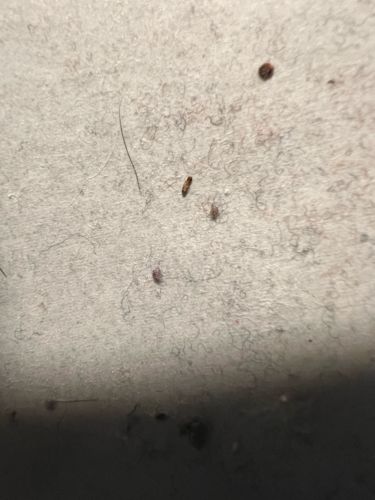Flea
Scientific Name: Siphonaptera (order of insects, various species)
Order & Family: Order: Siphonaptera, Family: Pulicidae (common fleas), Ctenocephalides felis (cat flea) is a common species shown
Size: 1.5 to 3.3 millimeters (0.06 to 0.13 inches)

Natural Habitat
Fleas typically live on warm-blooded animals such as mammals and birds. They can also be found in animal bedding, carpets, upholstery, and cracks in floors, waiting for a host.
Diet & Feeding
Fleas are obligate parasites, meaning they must feed on blood to survive and reproduce. Both male and female adult fleas feed on the blood of their hosts.
Behavior Patterns
Fleas are excellent jumpers, capable of leaping great distances relative to their size to get onto a host. They have a four-stage life cycle: egg, larva, pupa, and adult. Eggs are laid on the host but often fall off into the environment. Larvae feed on organic debris, including adult flea feces (flea dirt). Pupae can remain dormant for extended periods, emerging as adults when conditions are favorable (e.g., presence of a host). They are often most active in warm, humid conditions.
Risks & Benefits
Risks: Fleas are a nuisance to pets and humans, causing itchy bites, skin irritation, and allergic reactions (flea allergy dermatitis). They can transmit diseases such as murine typhus and tapeworms (Dipylidium caninum) to pets and, less commonly, to humans. Severe infestations can lead to anemia in young or small animals. Benefits: There are no known direct benefits of fleas to humans or the ecosystem; they are primarily considered pests.
Identified on: 10/18/2025